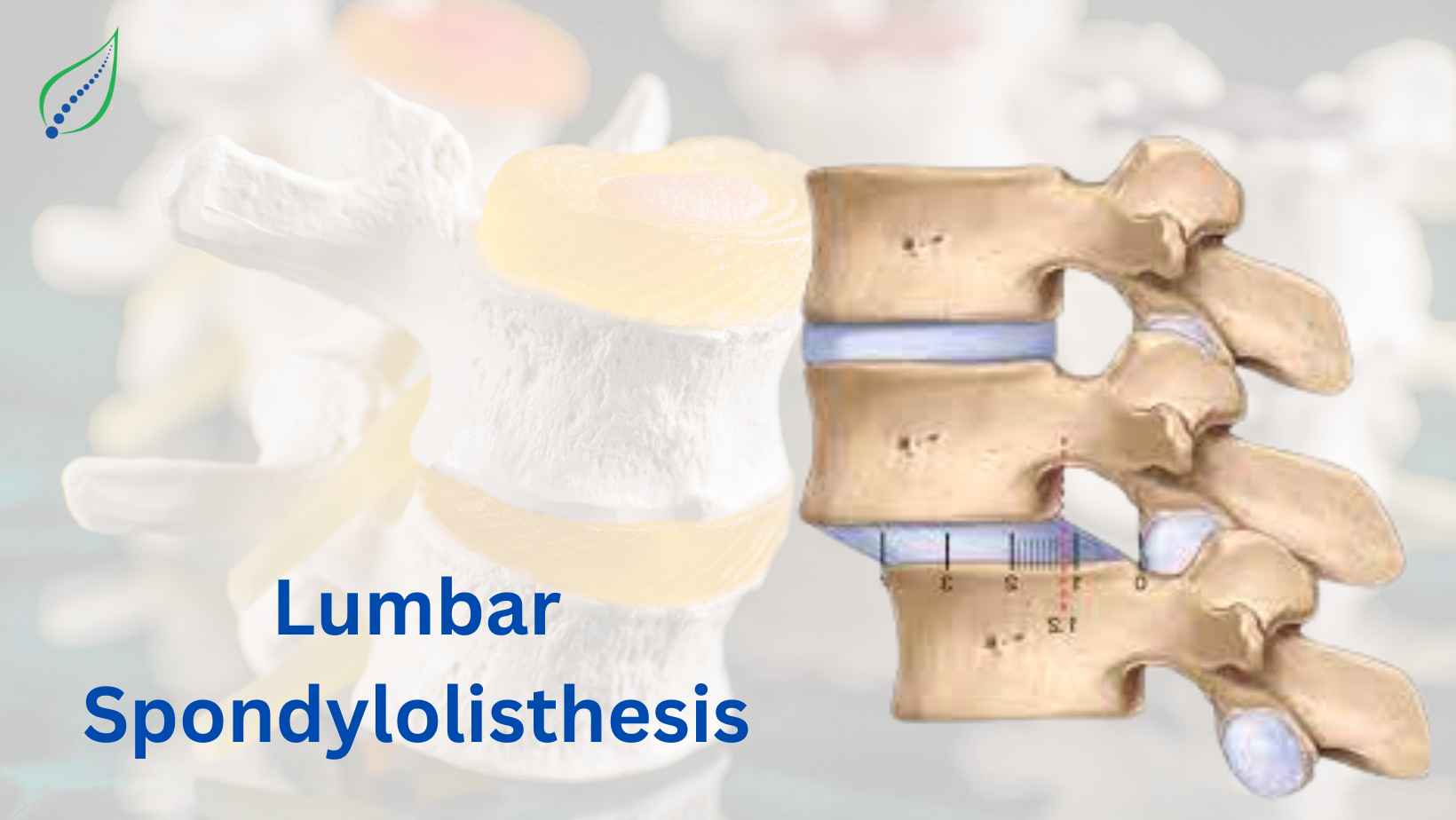Lumbar Spondylolisthesis
Spondylolisthesis is a condition in which one of the vertebrae of the spinal column slips forward. This is a painful condition and mostly occurs in the lumbar region. The severity of this condition is described on the basis of 5 grades where grade 1 is the mildest and grade 5 the most severe form. The grading is done by determining how much a bone has slipped forward over another of the 4 bones of the lumbar spinal column.When the bone completely falls off its termed as Spondyloptosis which is the fracture of the vertebra.
Types of Spondylolisthesis
There are two commonly accepted types of this condition
- Developmental: This kind of spondylolisthesis is observed in late childhood and usually is present by birth. It remains undetected in young children and is usually diagnosed later in life.
- Acquired: This is caused due to daily wear and tear of the bone or a serious injury to the back.
Causes
The causal factors of this condition are age, genetics, and physical activity. Those who are involved in intense physical activities such as sports, weightlifting, and gymnastics, are more susceptible to it. It’s very rare in children but sometimes birth defects and childhood afflictions can lead to this disorder. It has also been observed that children in their growing years especially adolescence get affected by this condition due to extensive physical activity causing damage to the lower back.
Symptoms
This can be very painful when in an advanced grade but mild spondylolisthesis usually goes unnoticed and shows no symptoms. Here are a few commonly observed ones:
- Chronic pain in the lower back
- Abnormal curvature of the spine (Lordosis)
- Pain in thighs
- Stiffness in hamstrings and glutes
- Tightness in the muscles of the legs
Diagnosis and Treatment
Diagnosis of this condition is not easy as there are usually no symptoms unless it is severe. A lateral X-ray and an oblique X-ray can help in identifying this condition as in these two angles the vertebral slip is clearly visible. A CT scan might also be recommended in certain circumstances. Other than these a physical exam is also conducted in which your posture, muscles, and overall physical health would be examined.
The treatments for this condition range from daily exercises to spinal injections. The non-surgical treatments can prevent the bone from slipping further and retract it to its original location. These include physical therapy and consuming the pain-relief medication. Bed rest and avoiding heavy physical activities such as football and weightlifting are also advised. Other than this, the physical therapist will suggest activities and other precautionary measures to manage the condition and recover fast. Bracing helps in stabilization of the spine. It decreases the segmental spine instability and helps in pain. Therapeutic steroid injection directly into the affected area helps to reduce the inflammation resulting in reduced pain and other related symptoms. If pain is consistent doctor might suggest for radiofrequency neurotomy of medial branches of facet joints.
Usually Non-surgical multidisciplinary therapies works the best in spondylolisthesis.

_1744793045.png)
_1743751136.png)
_1738219992.png)
